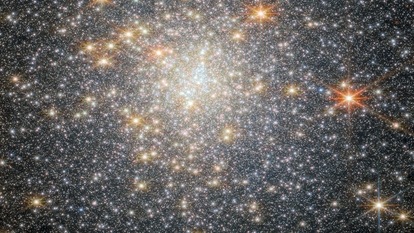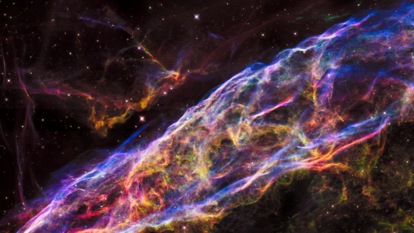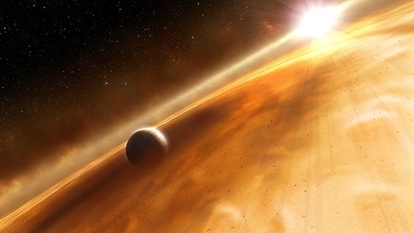NASA Astronomy Picture of the Day 16 April 2023: RARE nebula in butterfly avatar
NASA Astronomy Picture of the Day for 16th April shows a unique Butterfly Nebula which is 2100 light years away from Earth.
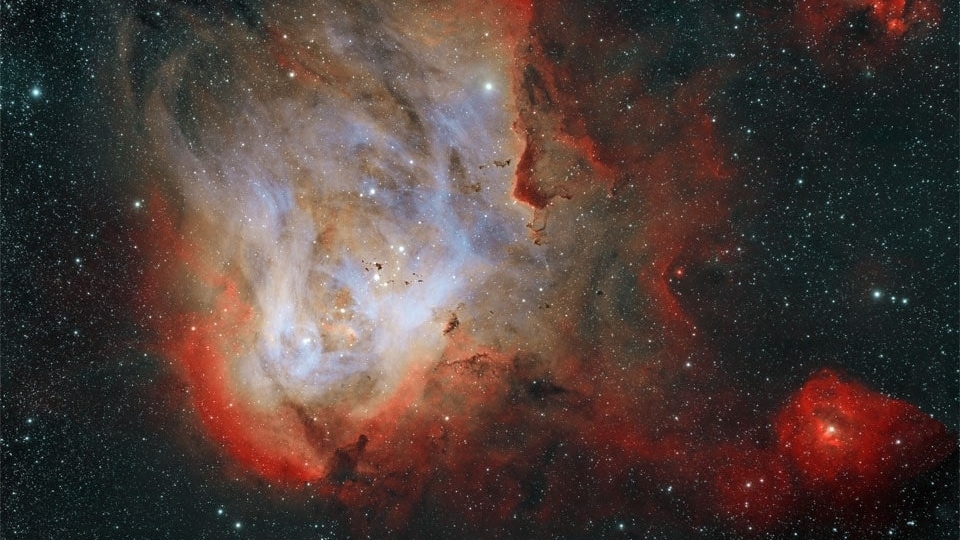
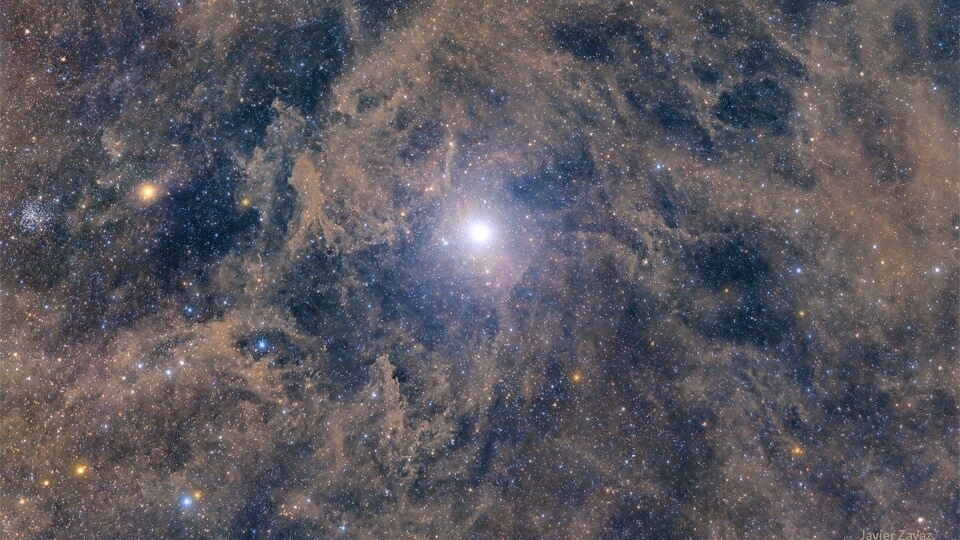

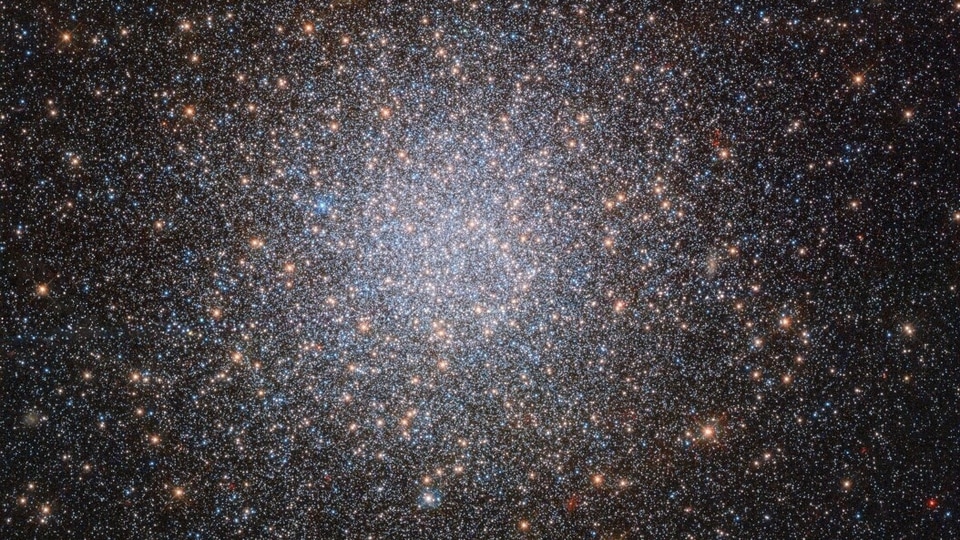
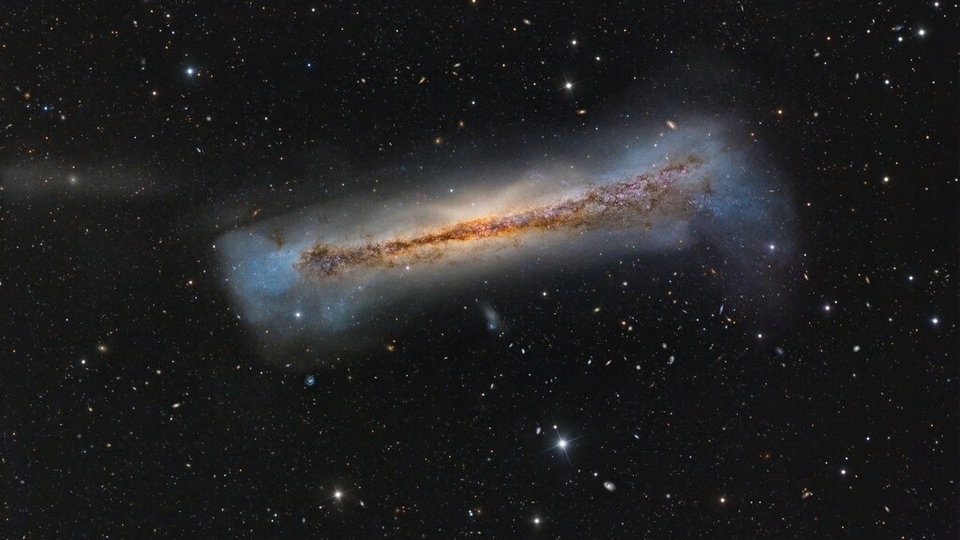
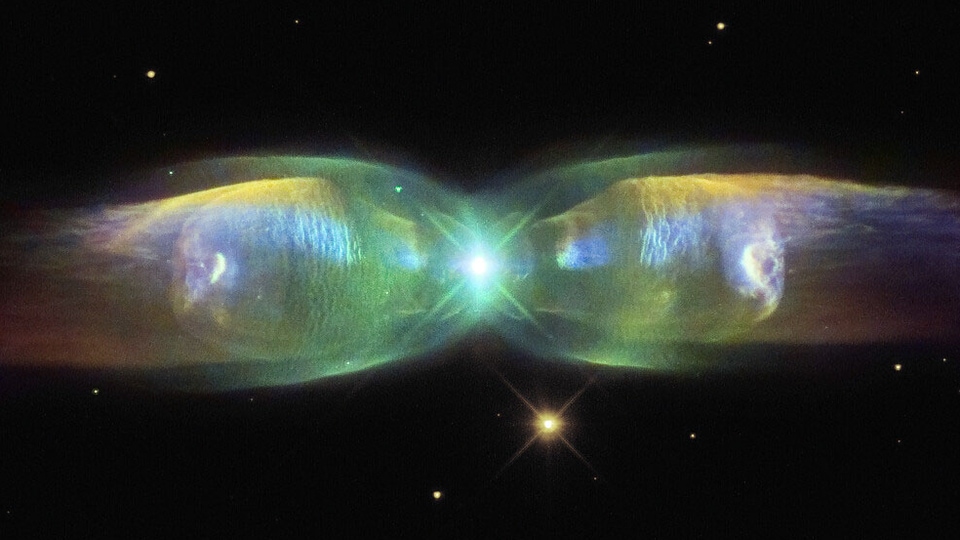
 View all Images
View all ImagesDo stars tend to display their most artistic avatars during their demise? It seems so! A nebula is basically an enormous cloud formed due to the gas and dust thrown out by the explosion of a dying star. While some nebulae are the regions where new stars are beginning to form, they basically work as a womb that births stars! In every case, these nebulae emerge as artistic wonders.
Today, NASA has featured just such a breathtaking image of M2-9 nebula which looks like the wings of a butterfly. NASA says, "In the case of low-mass stars like our Sun and M2-9 pictured here, the stars transform themselves from normal stars to white dwarfs by casting off their outer gaseous envelopes." A stunning exhibition known as a planetary nebula is often produced by the expended gas, which gradually fades away over a period of thousands of years.
More about M2-9 Butterfly Nebula
M2-9 or a butterfly planetary nebula is around 2100 light-years away from Earth. NASA says that it has wings that tell a strange but incomplete tale. At the heart of the nebula, two stars revolve within a gaseous disk that is 10 times larger than Pluto's orbit, the space agency informed. The ejection of the dying star's envelope from the disk leads to the formation of a bipolar appearance, which looks like butterfly wings. Despite this, much remains unknown about the physical processes that cause and shape this planetary nebula.
Tech for capturing Nebula images
To capture images of distant nebulae, astronomers rely on highly advanced telescopes. NASA's Hubble Space Telescope and Spitzer Space Telescope are examples of space telescopes that have successfully captured numerous pictures of faraway nebulae. This butterfly nebula has also been captured by NASA's Hubble Space Telescope.
Did you know?
The nearest known nebula to Earth is the Helix Nebula which is believed to be the remnant of a star similar to the Sun and is located approximately 700 light-years away. That means even if you manage to travel at the speed of light, it will still take 700 years to reach the Helix Nebula!
Catch all the Latest Tech News, Mobile News, Laptop News, Gaming news, Wearables News , How To News, also keep up with us on Whatsapp channel,Twitter, Facebook, Google News, and Instagram. For our latest videos, subscribe to our YouTube channel.








